Knowledge Exchange
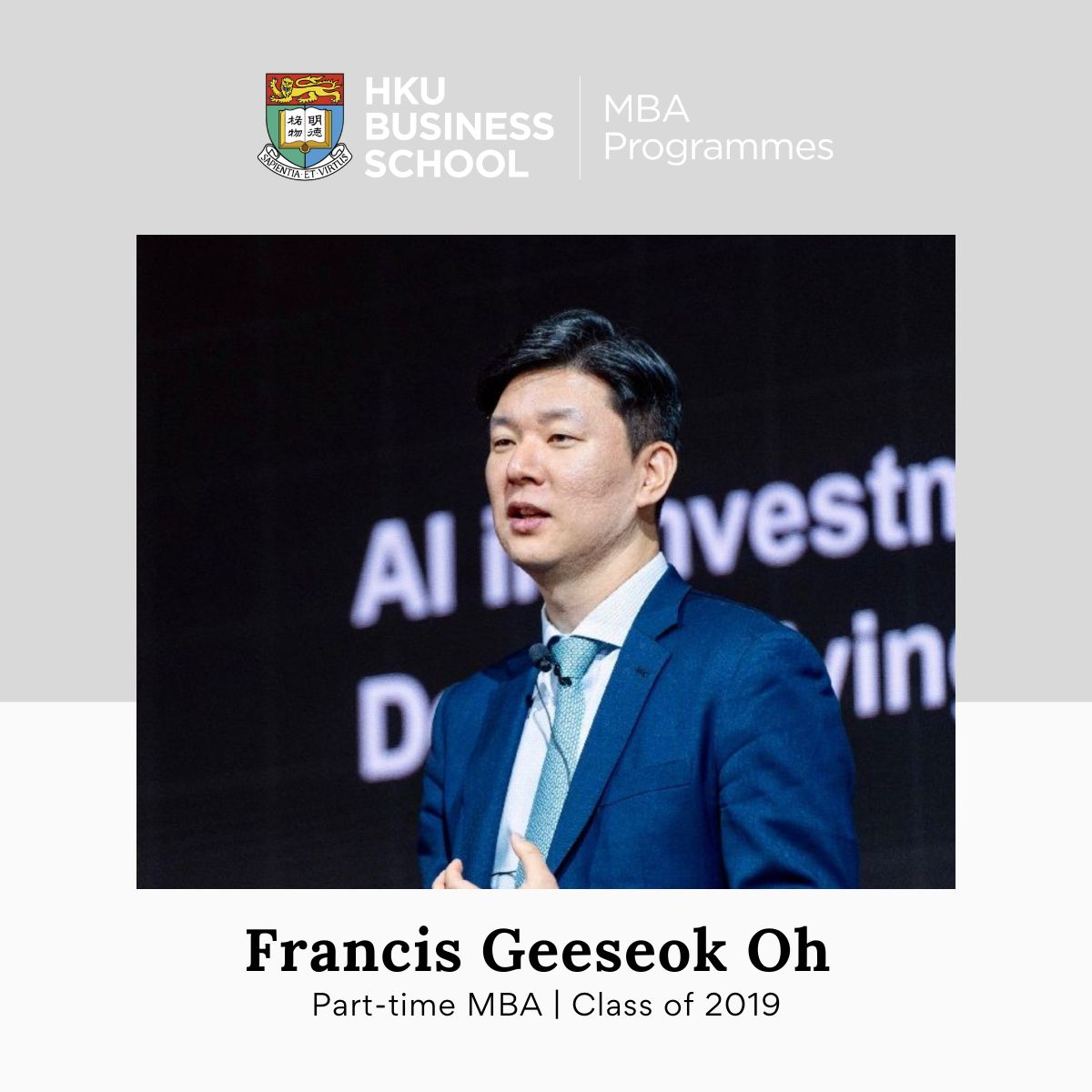
Alumni Talk Business: From Asset Management to CEO in a FinTech Company in APAC
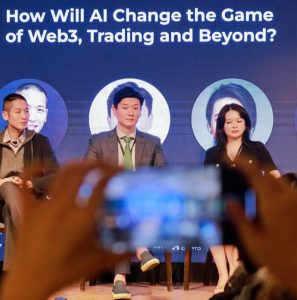
This month, we sat down with Francis Geeseok (HKU MBA, Class of 2019), COO and APAC CEO of Qraft Technologies, to discuss the growing role of AI in the financial world.
About Francis Geeseok Oh
Geeseok is the COO and APAC CEO of Qraft Technologies, responsible for global sales and business development of innovative AI solutions. Prior to Qraft, He has 15 years of business experience at ETF powerhouses such as Vanguard, Direxion, and Mirae Asset, working across functions including sales and business development, capital markets, and quant portfolio management.
Building a Career in Asset Management: From Local to Global
“Born and bred in South Korea, I initially came to Hong Kong on a global internship programme through Korea University. After the internship, I returned to South Korea and started my career at Mira Asset Global Investment – the largest asset management company in South Korea.
“My career goal was to become involved in the financial and investment side of the business. So, I moved into the risk management team that brought me back to Hong Kong where I worked as a portfolio manager, managing Hong Kong stock exchange-listed ETFs and quantitative investment strategy portfolios for South Korean clients.”
“After working at Direxion (a U.S.-based company that issues leveraged and inverse ETFs) and Vanguard – the largest mutual fund manager in the world, I moved to Qraft Technologies. At the time, it was a company that involved many researchers but had very little knowledge about the financial market or industry practices, so I felt I could contribute. We were lucky enough to receive US$146 million from SoftBank Group, one year after I joined Qraft.”
The Craft of Qraft Technologies
“Our products fall into three different areas. The first is AI software development for clients. Five of the big commercial banks in South Korea asked us to develop their Robo advisory system. It’s powered by our AI engine.
“Another example is AI-powered trading algorithms. Ours is called AXE, which is short for AI Execution Engine. The two benefits of using AI this way are that AI can process vast amounts of data that a human cannot, and its sophisticated automation can be made to behave like a seasoned portfolio manager. Our performance for our clients has been outstanding.”
“The last segment of Qraft’s business is AI-generated investment signal. We provide an AI-generated investment signal for financial institutions, including asset management companies, life insurance companies, or investment banks. Our signal is usually delivered to their portfolio manager or the product team for helping them to launch AI powered investment product for their clients.”
Growing Qraft Technologies in Hong Kong and Beyond
“As an outsider, it’s easier to have a clear view about what a company needs to do: gain further exposure and visibility, generate revenue, and then work towards listing the company. It’s easy to lose focus once you’re on the job.
“It’s been a really rewarding journey. Three and a half years ago, I was only a one-man-team in a small office. Now we have a whole team operating in the iconic Exchange Square in Central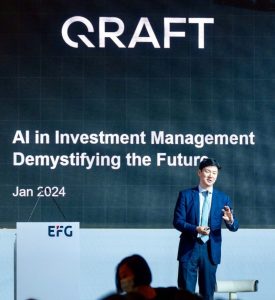 , the centre of the financial district in Hong Kong.”
, the centre of the financial district in Hong Kong.”
- Small Success Matters, Build a Winning Habit
“I began by focusing on sales and building brand visibility. I had to understand the limitations of a startup company with limited resources. We used LinkedIn to increase brand visibility. I now have a habit of regularly networking on the platform.”
- From a Startup to a Corporation
“Things changed after receiving SoftBank funding. Once a global-level investor is brought on board, the expectation changes – regarding not only your revenue generation but also the organisation structure, policies and procedures. We spent a lot of time enhancing internal policies, controls, and procedures to meet their requirements.”
- Think Big, Aim Global
“We wanted to expand the addressable market as much as possible. Eventually, the market became oversaturated and we had to find another one to tap into. That’s why we chose Hong Kong as a base: to tap into regional markets such as Singapore, Japan, Hong Kong and potentially Chinese Mainland, while also being able to connect with our U.S. clients. In the last couple of years, we’ve been building up the foundations of the business and targeting global players. BNP Paribas became our client late last year and we’re currently in discussion with other big banks.”
Developing Partnerships for Win-win
“The thought process of deciding who to work with is very commercial: the client can pay for our service or we can leverage their network or infrastructure to reach additional clients, creating a win-win.
“Our main client base consists of financial institutions. These firms may look to adopt AI in their investment product developments. With them, we train our AI engine to predict market performance, for example in Japanese equity markets.
“Index providers are a different case. We work with a few well-known providers in the market on AI-generated investment signals, providing AI-generated conviction scores of stocks or certain assets. They make an AI-powered index using our proprietary data as one of the sources. From an index provider’s point of view, they can diversify their product offering through us. From our point of view, we can leverage their network and infrastructure, such as in payment and legal.”
The Importance of Credibility and Reputation
“Reputation is important when finding clients – for us, this means not engaging with financial institutions that are not socially responsible.
“In five or ten years, index providers may not need an external AI vendor (someone like us). AI will be common – there may be a large number of competitor companies or companies doing it in-house.
“This is why we need to build credibility in the market. There are many companies, but we and IBM Watson financial market model have become the standouts. Both businesses were founded around 2016 and there aren’t many firms that have track records like ours. Most other firms were set up in the last few years, and while they have good employees with plenty of experience, they don’t have the track record to back it up.”
Navigating Changes in Regulation
“Compliance has become extremely important for startups and fintech companies. Historically, one advantage of a fintech or startup company was the lower regulatory requirements for us compared with financial institutions. However, this is changing. As we continue to build up our business and become more corporate, demands such as these will continue to increase.
“On top of that, AI has become more well-known. This started with Chat GPT-3, which was introduced a little over a year ago. Now U.S. regulators have begun legislating for AI, other jurisdictions will follow. We have to be compliant and remain ready. At this stage, they do not require anything too difficult: proper record keeping, data management, procurement processes, and so on.
“This is already common in financial institutions. As the APAC CEO, my interest is to implement compliance requirements more smoothly within our organisation. One further step is not just having those procedures, but also educating our staff to follow and understand them. We have internal control procedures in place to ensure our AI engines are doing the right thing.”
Challenges with People and Technology
“As someone from the commercial side of the business, it can be a challenge to communicate with AI engineers initially. They are very clever technically but lack experience in the financial markets. I often need to “translate” what they are saying to clients, while simultaneously communicating our clients’ requests in a way they can understand. We’ve been working on ways to improve communication.
“There are technological challenges too. We are not making a broader AI like ChatGPT, we are making an AI model only applicable to the financial markets and investment. Three things are important in the training guidance of the model: data, model architecture and labelling. You must first consider what kind of data you want to select and how you want to preprocess it. Secondly, among many different kinds of AI model architecture, what do you choose? When it comes to labelling, a lot of human input is important. By engaging with many different types of clients, we learn from that and improve our models.”
 Trends to Look Out For
Trends to Look Out For
“AI has penetrated many aspects of our lives. The financial market is one of the slowest adopters because the nature of finance is mutual trust. People trust people; they don’t trust AI yet. ChatGPT changed this landscape. Before the platform, there were many uses of AI (such as face recognition), but they were mostly services people used without realising it’s AI. ChatGPT is more interactive, and this has caused a big change in public perception.
“After ChatGPT launched, we got a lot more business. When I first joined this company, I never expected I would be working with global banks like BNP Paribas, Citi, Goldman Sachs or JP Morgan. As an AI firm, we are slightly beyond the tipping point right now. In the next couple of years, it will be a matter of how fast AI firms can execute business with the proper partners.”
Advice on Standing Out in a Competitive Job Market
“What I’m seeing in the job market is that it has become much more challenging. This is from an overall headwind. There are a mix of factors, some good, and some bad (such as high interest rates). In general, employers want to hire someone who can have an immediate impact on their business. As such, instead of hiring fresh graduates, we prefer people who have already worked in finance institutions.
“My advice for the MBA cohort is this: employers want their candidates to be able to communicate well. To do that, have your own insight for analysing the market. Don’t say generic things about being a hard worker or a fast learner. These days, that is not enough. You need to create an image of being someone who can be a business partner. That kind of impression will really make someone stand out.”




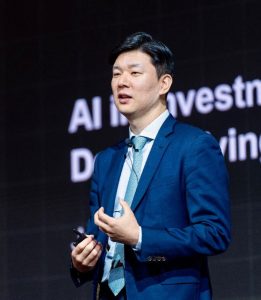 Trends to Look Out For
Trends to Look Out For

